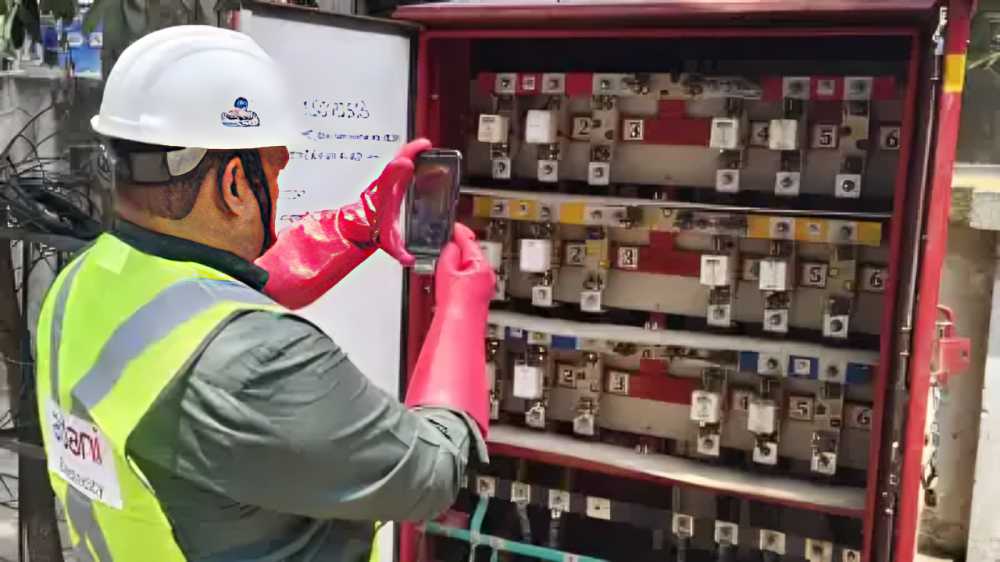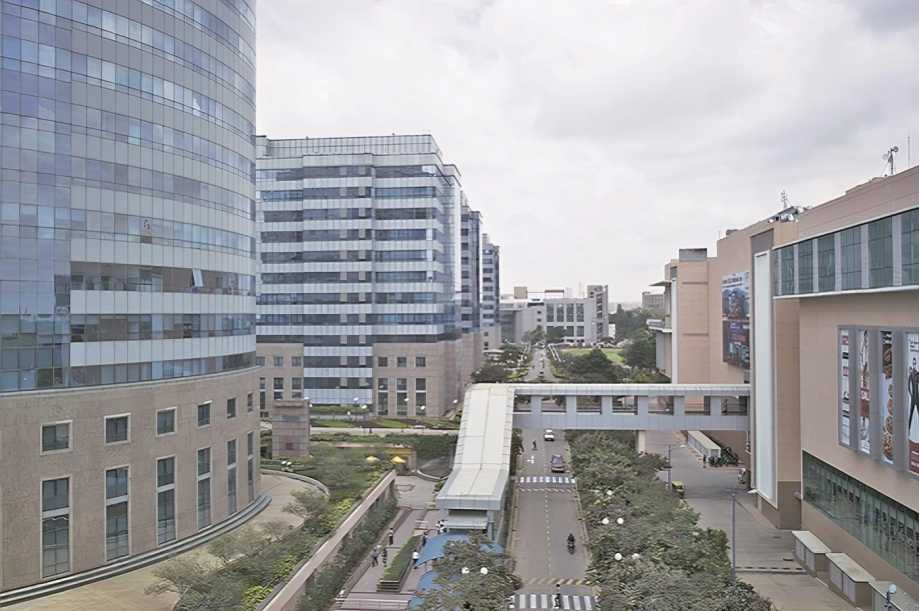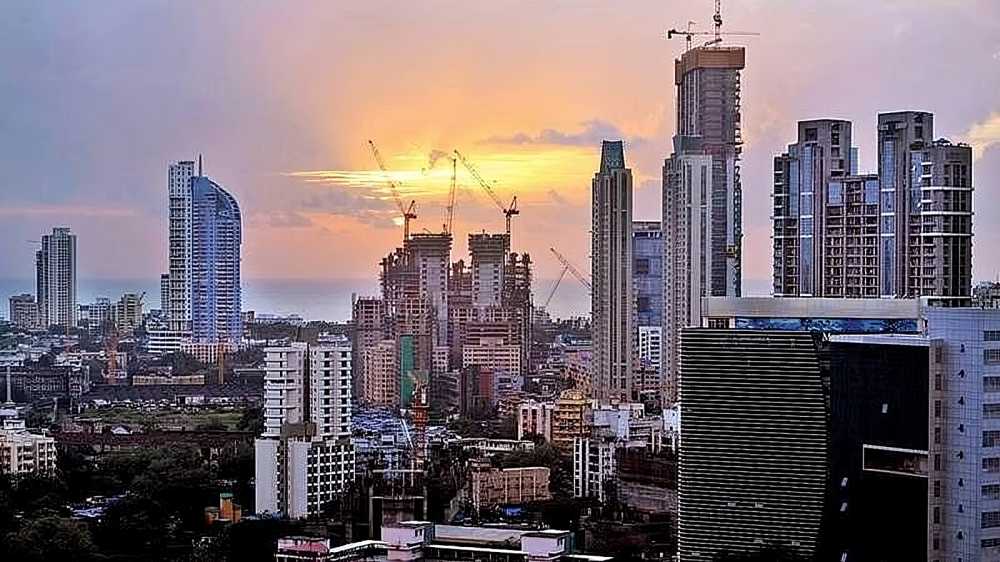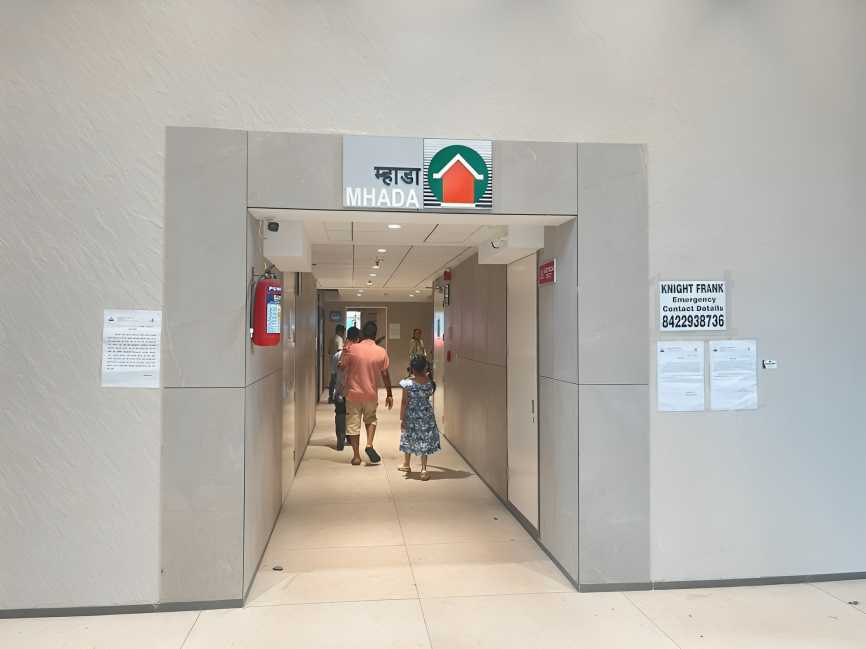Adani Electricity Mumbai has introduced mobile thermal imaging devices for its frontline teams to strengthen power infrastructure monitoring and improve service reliability across the city. This technology upgrade comes amid Mumbai’s rapid urban redevelopment and increasing environmental pressures, which are intensifying the load on electrical systems.
These compact, smartphone-enabled infrared (IR) tools enable field engineers to detect early signs of stress or overheating in key assets such as transformers, switchgear, and distribution panels. The devices provide on-the-spot diagnostics, helping teams identify issues before they escalate into visible faults or power disruptions.
“Given the dynamic pace of redevelopment and climate shifts in Mumbai, maintaining power reliability is more critical than ever,” said an official from Adani Electricity. “With mobile thermal imaging, we can detect equipment anomalies early, often during the first site visit itself, and take immediate corrective action.”
This initiative marks a shift from reactive maintenance to a predictive, data-driven approach, allowing Adani Electricity to enhance operational efficiency while minimising the risk of unexpected outages. It also reduces downtime and improves response time during inspections and routine checks.
The use of mobile thermal imaging tools also supports the digitisation of field operations, making fault detection faster, safer, and more precise. By empowering its teams with this technology, Adani Electricity reaffirms its commitment to delivering uninterrupted and dependable electricity supply to homes, businesses, and institutions across Mumbai.
As the city’s energy demands continue to grow, such smart, proactive measures are essential to building a resilient, future-ready power ecosystem. Adani Electricity’s adoption of mobile thermal imaging is a step forward in ensuring consistent performance and reliability in one of India’s most dynamic urban centres.
Source: The Times of India





